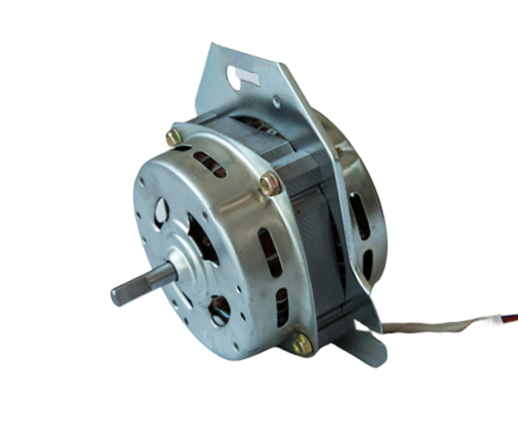If your washing machine doesn't run, or it doesn't spin […]
If your washing machine doesn't run, or it doesn't spin as quickly as it should, there are several signs your motor may need to be replaced. A dirty agitator, loose agitator drum, or worn-out bearings can all put pressure on the motor and cause it to malfunction. If any of these signs apply to your washing machine, be sure to take action right away. Otherwise, you may end up with a motor replacement bill that's much more expensive than you'd have paid for the machine.
Old-fashioned motors use two identical windings, each with a non-polarized capacitor. When one winding is connected to the other, the motor will spin the other way. The motor agitation happens through the transmission. Newer washing machines have multiple options, including computers, which enable the machine to run in any direction and at varying speeds. The problem with these older motors, of course, is that they can't start up when the machine is full of dirt.

In addition to replacing the motor, washing machines may come with other parts that need replacing. A starter capacitor and control allow you to regulate the speed of the motor, and the motor itself can even be recycled for other purposes. A motor can be used to build a fan, provided it has a protective cage and propeller mounted on the axle. Likewise, a damaged washing machine motor can be used to power a lamp, radio, or other electronic devices.
If you have a large washing machine, you should consider replacing the motor as well. However, these motors are expensive and difficult to source new. For this purpose, you should look for garden variety washing machines. In some cases, these motors can be salvaged from washing machines. The only problem with them is that they are difficult to control, and therefore may be unusable. And remember that you'll also need a special controller to power the motor.
Another type of motor used in washing machines is an asynchronous motor. Asynchronous motors have one fixed speed and are therefore not suited for washing different kinds of clothing. An asynchronous motor's high start-stop current is not suitable for frequent forward and reverse rotation. As a result, it can't wash the same types of clothing at different speeds. Fortunately, power motor manufacturers have come up with a solution for this problem. The company has developed a malti-speed motor with a range of speeds between 100 and 2000RPM.
Lastly, a failed washing machine motor can cause the water in the tub to drain out, which will make the water drain out. This can cause the machine to fail to spin, agitate, or drain. You may need to replace the motor pulley separately. Luckily, these are easy to replace. The motor pulley is a small component that is often overlooked. And the washing machine motors coupler is another major component that can cause problems.